A new premium gin is distilled in a perfumery in the French Riviera

Representation Pic
A Klein blue, well-chiselled bottle with a silver arc for cap representing the water and sun in the Mediterranean is the centre of attraction at the Vault Festival held in the city earlier this month. The bottle holds a unique gin, 44° N, for which the makers have ditched traditional copper pots. Instead, it is distilled in a perfumery-turned-distillery Compte de Grasse on the French Riveira, the world’s fragrance capital.
ADVERTISEMENT
Founder Bhagath Reddy, whose earlier stints involved luxury fashion retail and brand management, takes us through a tasting. The gin uses two types of junipers—traditional and Cade, local to the Mediterranean, as well as 22 botanicals including alexanders, orris, rose from Cote de Provenance, coriander, jasmine, grapefruit. At 44 per cent ABV, we get a floral bouquet of rose and jasmine. On the palate, a fruity tartness of lemon and grapefruit followed by spicier, musky notes. Throughout, a floral comfort lingers. The finish is long and flavourful.
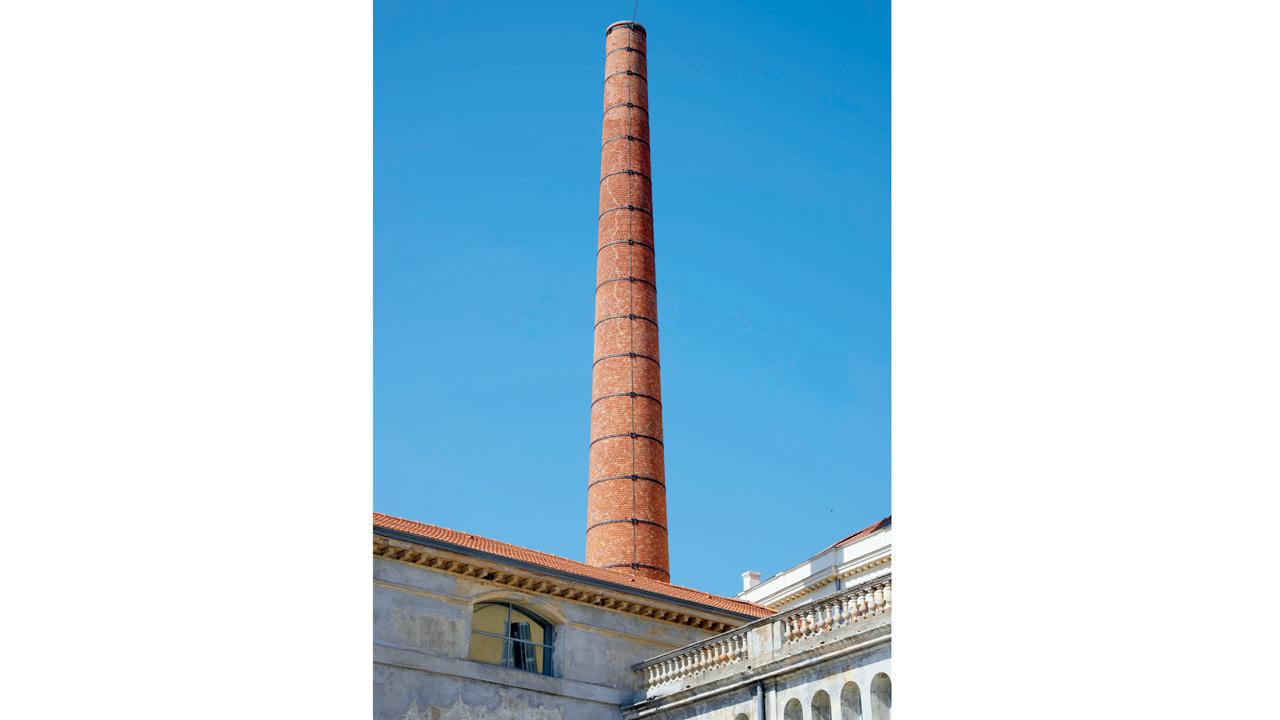
The Distillery, Compte de Grasse is situated in the fragrance capital of the world in Grasse, France
Reddy inherited the passion for whisky from his father and grandfather. “They taught me to appreciate fine spirits, and I wanted to create a brand of super premium drinks,” he says. So Reddy first created a liquor-tech company that leverages research and fragrance technology to disrupt traditional distillation methods and ageing techniques to create small-batch luxury spirits.
He explains that age and tradition are the most significant entry markers in the luxury spirit environment. “As a new start-up, one cannot wait 15 years for a spirit to age. I began working backwards to bring in qualitative difference, relying on technology,” says Reddy. This mindset led him to Grasse, where he set up a distillery in a 19th-century perfumery.
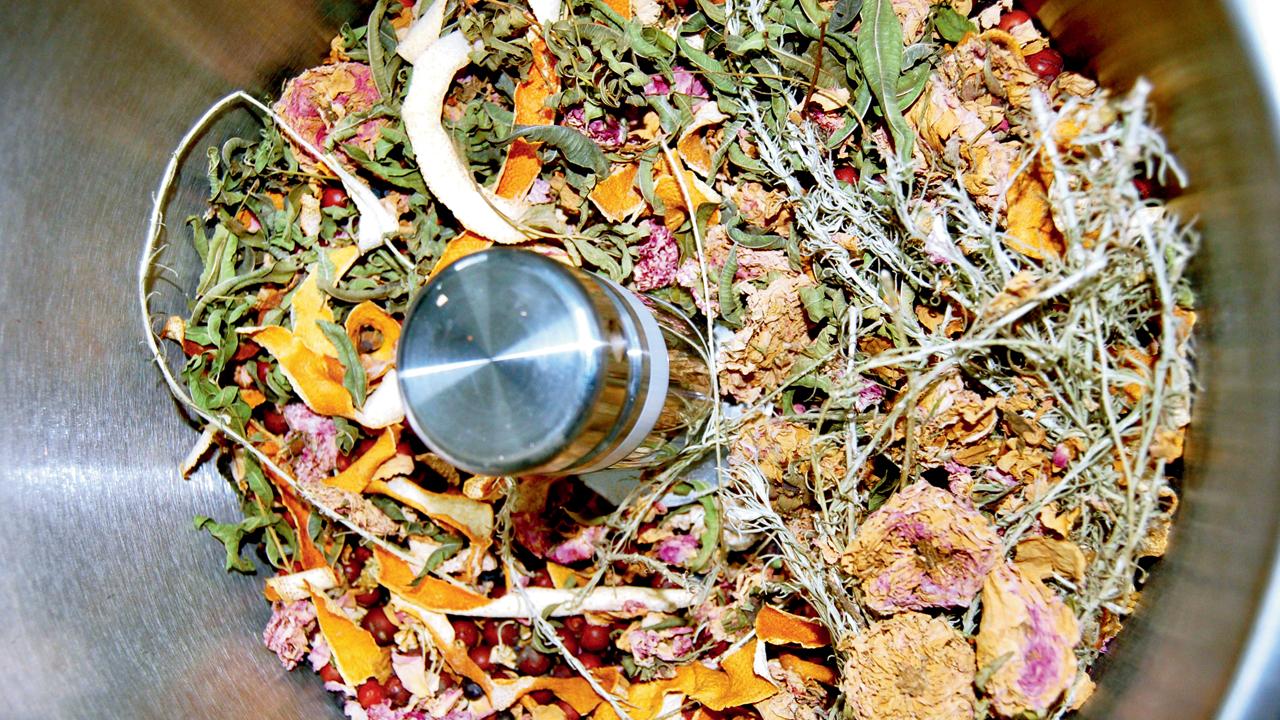
“Go back 30 years—perfume and spirit industries were at par with each other,” Reddy tells us. “Each used the technology of copper stills. However, the perfume industry pivoted in technology as they dealt with delicate botanicals and flowers that became increasingly expensive. They relied on the science of extraction and distillation that was more qualitative than quantitative to get the best fragrances. This is what appealed to me. I wanted to find a way to tap into the huge expertise in Grasse so that I could be the Tesla of the drinks industry, where I was transferring the tech used in perfumery into spirit flavour. Old-school connoisseurs may shun new-age technology, but young drinkers accept it. Just like what happened with a Tesla. The younger generation encouraged their parents and grandparents to give the electric car a shot.”

The process re-engineers’ flavours using sound frequencies, pushing the boundaries of flavour extraction in the alco-bev industry. “But soon enough, I realised not everything that smells good tastes good,” Reddy laughs, adding, “Flavour molecules and aroma molecules behave differently. In a fragrance, you need to smell it; it has to be volatile and evaporate. For a spirit, the flavour must linger and perform on the palate. Focussing on extracting the middle level of molecules where flavour lies is the best strategy.”
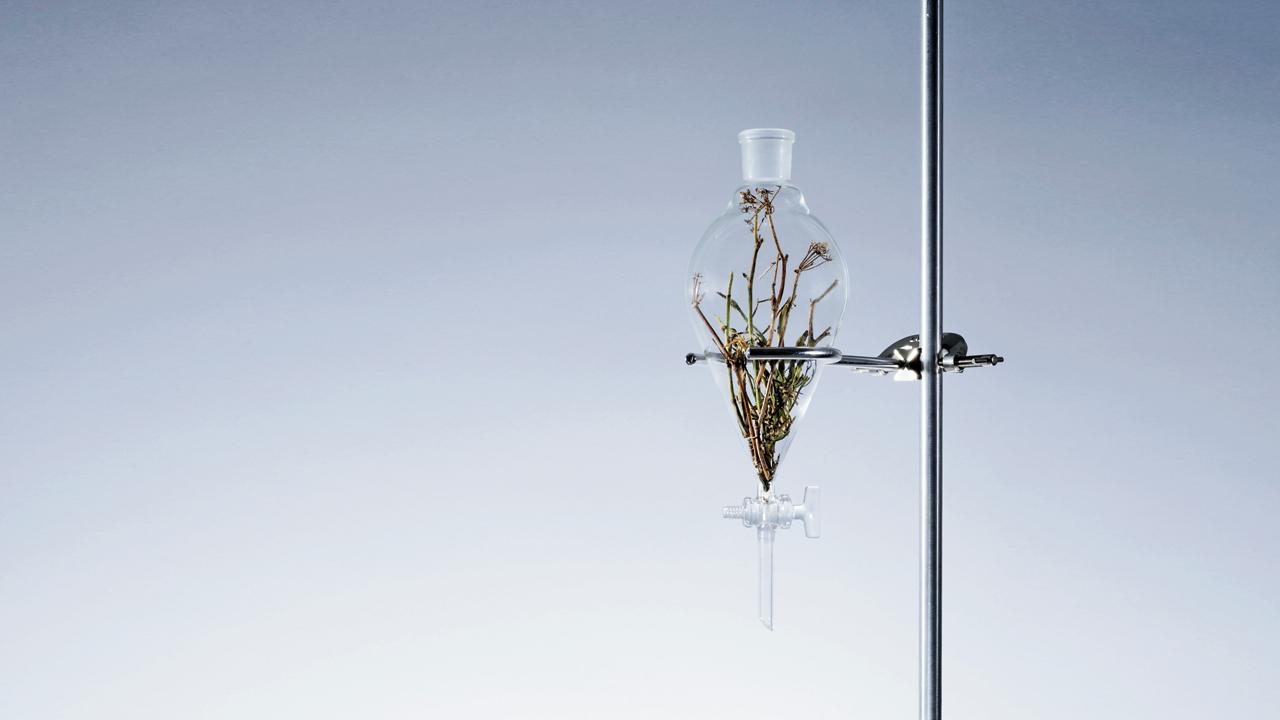
The extraction process uses high-energy ultrasonic sound waves as catalysts to create micro bubbles inside the unit that contains the botanicals mixed with French winter wheat-based ethanol. These sound waves break the botanicals to extract the flavour molecules. “In traditional gin,” Reddy explains, “there is a process called steeping which is resting the botanicals for a few hours to a day. This step steals the batch of its nicer flavours. Here, in a capped process, the extraction is completed within 30 minutes, after which we pass the liquid through a cold vacuum distillation; To floral botanicals, heat is an enemy. This tweak lowers the pressure in the system and the boiling point of alcohol drops from 70oC to 28oC. Less energy is consumed in the six-hour process.”
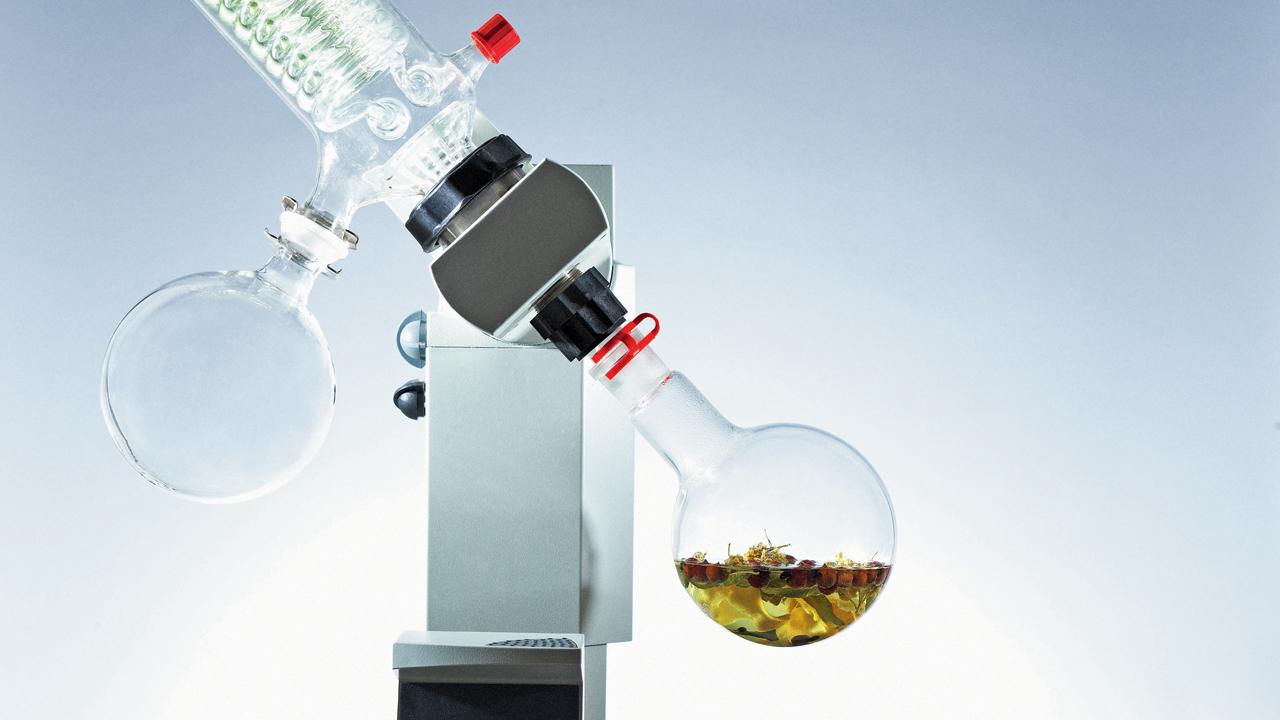
Until now, the gin was only available in Europe, Australia, Canada, and Korea; it launched in Gurugram and New Delhi last year. The distillery also makes 06 Vodka Rose (2022), made by extracting flavours of a rose wine from Provenance, now also available in Maharashtra. “We extract the nose and front of the palate flavours from a Côtes de Provence rosé and infuse it into vodka.
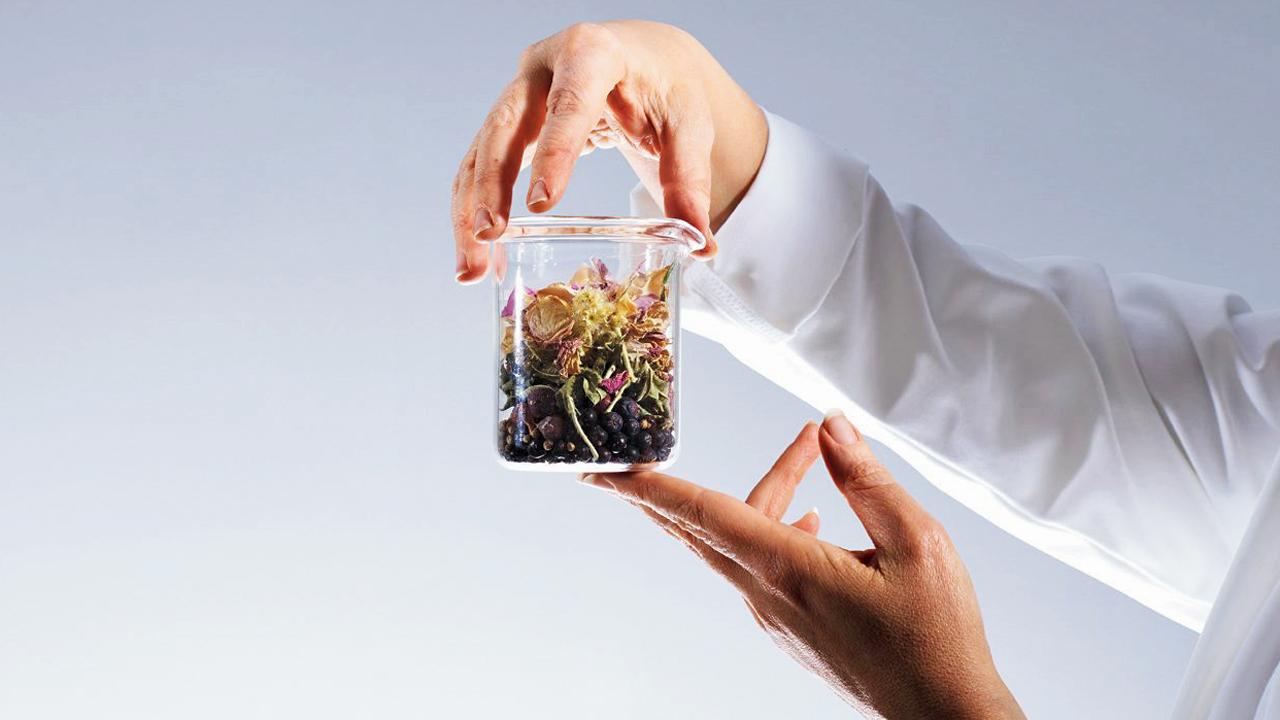
According to Reddy, the gin industry in India is going through a wave that hit Europe three years ago. “Within that span, Europe saw a rise of around 600 new gins. Similarly, closer home, many brands are investing their time and effort to make gin, and there is a market for all,” says Reddy, who gives a thumbs up to adopting technology for production support. “Accelerating ageing is needed. At any point, the amount of spirit ageing in barrels is worth 100-200 billion dollars. Out of this, two to six billion dollars’ worth of product is lost to angel’s share, apart from the carbon footprint of cutting trees for barrels. Traditional practices are great wherever they bring value. Accelerated ageing for bettering a product is welcome too,” he signs off. 44° N is priced at R15,500 in Maharashtra and available in all leading liquor stores.

Bhagath Reddy
The gin is made in a 100-litre capacity system and passed through a ultrasonic machine. In the lab, smaller equipment is used to identify the best temperature to extract the botanicals. The lab is also used to develop recipes and then for quality control. The gin has 22 botanicals, procured in season. Thirteen of these are used in natural dry stage. The botanicals include rose de mai, which is also used to make Dior perfume, Helichrysum or immortal used by L’occitane for their hand creams, alexanders, orris, rose from Cote de Provenance, coriander among others. The gin uses two types of junipers – traditional and Cade, local to the Mediterranean.
 Subscribe today by clicking the link and stay updated with the latest news!" Click here!
Subscribe today by clicking the link and stay updated with the latest news!" Click here!







